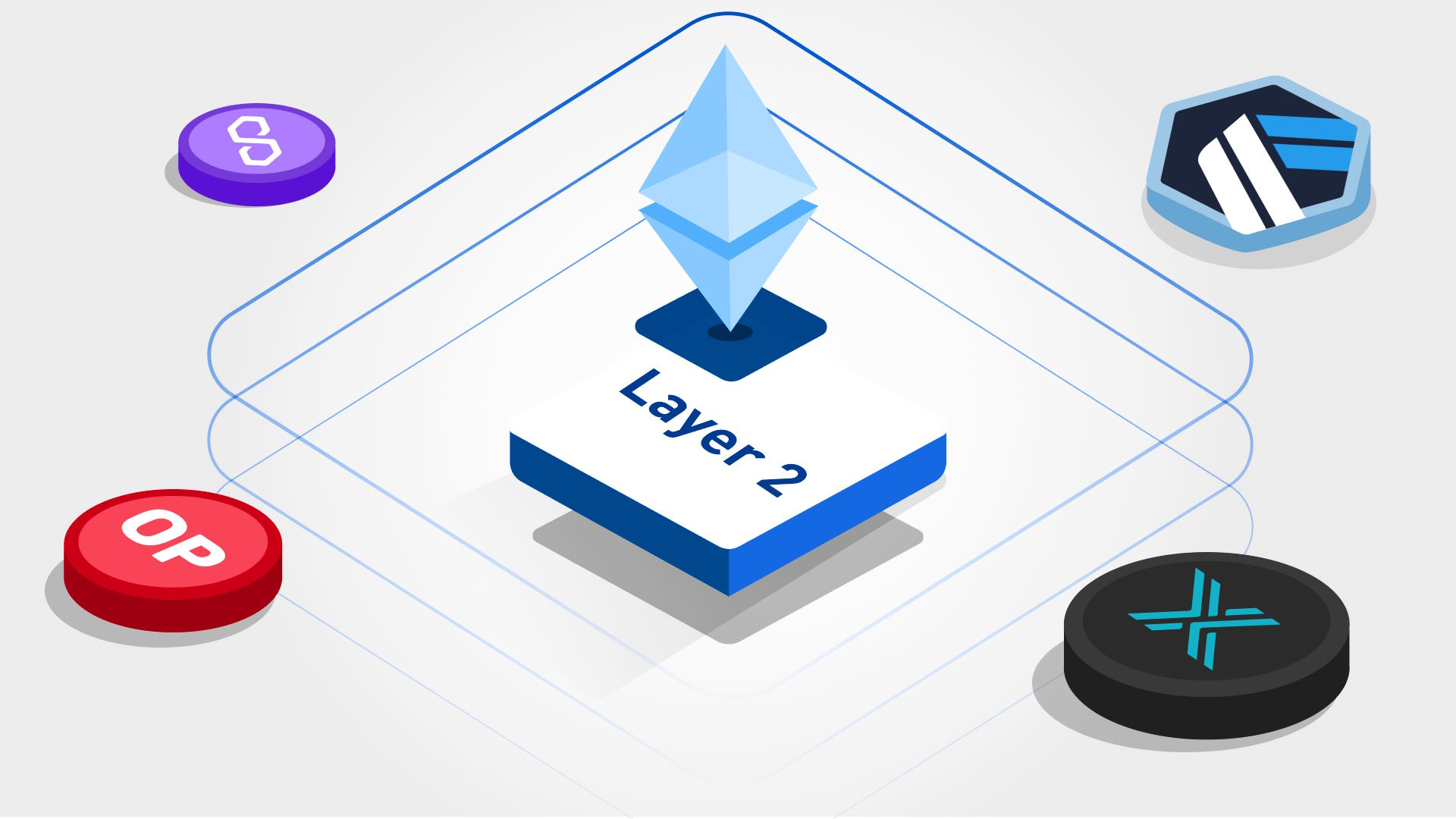How Ethereum’s Layer 2 Solutions Improve Network Scalability

Ethereum, one of the leading blockchain platforms, has faced significant scalability challenges as its popularity and use cases have expanded. To address these issues, Ethereum has introduced Layer 2 solutions, which aim to enhance the network’s scalability, reduce gas fees, and improve overall throughput. This article explores how Ethereum’s Layer 2 solutions work and their impact on network performance.
Scalability of Ethereum Network
- Current Scalability Issues
- Network Congestion: As Ethereum’s popularity has grown, the network has experienced congestion, leading to slower transaction times and higher gas fees.
- Throughput Limitations: Ethereum’s base layer, known as Layer 1, has a limited capacity to handle transactions, which can restrict its ability to scale efficiently.
- The Need for Layer 2 Solutions
- Scalability Challenges: To overcome the limitations of Layer 1, Ethereum requires additional mechanisms to handle increased transaction volumes and reduce bottlenecks.
- Enhanced Efficiency: Layer 2 solutions aim to improve efficiency and scalability by processing transactions off-chain and then settling them on the main Ethereum chain.
Reducing Gas Fees with Layer 2
- Optimistic Rollups
- How It Works: Optimistic Rollups bundle multiple transactions into a single batch, which is then processed and settled on the Ethereum mainnet. This approach reduces the number of transactions directly recorded on the main chain, lowering gas fees.
- Cost Savings: By aggregating transactions and processing them off-chain, Optimistic Rollups significantly reduce the cost per transaction, making it more affordable for users.
- zk-Rollups
- Zero-Knowledge Proofs: zk-Rollups use zero-knowledge proofs to verify and compress batches of transactions off-chain before submitting them to the mainnet. This method ensures that only valid transactions are recorded, reducing gas fees and improving efficiency.
- Transaction Efficiency: zk-Rollups enhance the scalability of the Ethereum network by minimizing the amount of data processed on-chain, leading to lower transaction costs and faster processing times.
Improving Throughput with Ethereum Layer 2
- State Channels
- Direct Transactions: State Channels allow users to conduct multiple transactions off-chain, only settling the final result on the Ethereum mainnet. This approach increases transaction throughput and reduces the load on the main chain.
- Instant Settlements: By enabling off-chain transactions, State Channels provide near-instant settlement times, improving overall throughput and user experience.
- Plasma
- Hierarchical Structure: Plasma creates a hierarchy of blockchains (child chains) that can process transactions independently before periodically consolidating results on the Ethereum mainnet. This structure increases transaction throughput by distributing the processing load.
- Scalable Architecture: Plasma’s architecture allows for greater scalability by enabling parallel processing of transactions, enhancing the network’s capacity to handle large volumes of activity.
Ethereum’s Layer 2 solutions represent a significant advancement in addressing the network’s scalability challenges. By reducing gas fees and improving transaction throughput through technologies like Optimistic Rollups, zk-Rollups, State Channels, and Plasma, these solutions enhance the efficiency and performance of the Ethereum network. As Ethereum continues to evolve, Layer 2 solutions will play a crucial role in supporting its growth and adoption, ensuring that the network can meet the demands of a growing user base and expanding ecosystem.


